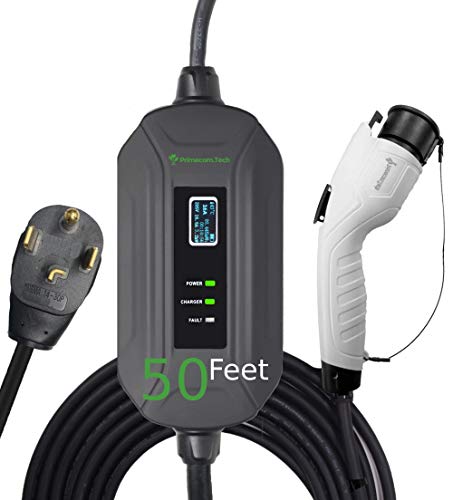So going down a reasonably steep incline, if I take my foot off the "gas" the car slows to eventual halt.
So I need to keep the pedal slightly depressed to maintained equal speed - I assume this sends some current to the motor to decrease its resistance and regen capability
So it feels like I have to use some juice to drive down a hill....
If I knock the car into neutral the car accerates under gravity.
So my question is, if I'm going down a reasonably steep hill, but have to keep the pedal depressed to maintain speed, am I actually charging or discharging the battery....?
Also - out of curiousity, is going down a short very steep hill equivalent in terms of regen to going down a longer less steep hill - all other things being equal, ie does the battery deal with a short sharp burst of energy the
same as a longer less intense exposure to energy.
I apologise in advance for my lack of knowledge of electric motors and EV's...
Maybe I am just over thinking !!
So I need to keep the pedal slightly depressed to maintained equal speed - I assume this sends some current to the motor to decrease its resistance and regen capability
So it feels like I have to use some juice to drive down a hill....
If I knock the car into neutral the car accerates under gravity.
So my question is, if I'm going down a reasonably steep hill, but have to keep the pedal depressed to maintain speed, am I actually charging or discharging the battery....?
Also - out of curiousity, is going down a short very steep hill equivalent in terms of regen to going down a longer less steep hill - all other things being equal, ie does the battery deal with a short sharp burst of energy the
same as a longer less intense exposure to energy.
I apologise in advance for my lack of knowledge of electric motors and EV's...
Maybe I am just over thinking !!



































![300W Car Power Inverter DC12V to AC110V,Dc to AC Car Plug Adapter Outlet with Multi USB[24W USB-C] /USB-Fast Charger(24W) Car Inverter,Car Charger for Laptop Vehicles Road Trip PISIFAU](https://m.media-amazon.com/images/I/41+ox0CwBYL._SL500_.jpg)










![[Updated] 600W Power Inverter for Vehicles 12v to 110v, Dual DC to AC Car Inverters Converter Car Adapter for Wall Plug Outlet with USB C 65w/24W Fast Charge for Laptop Road Trip/Long Drive/Camping](https://m.media-amazon.com/images/I/41+ce37YsRL._SL500_.jpg)

